Home>Gardening & Outdoor>Landscaping Ideas>How To Cut Thick Grass
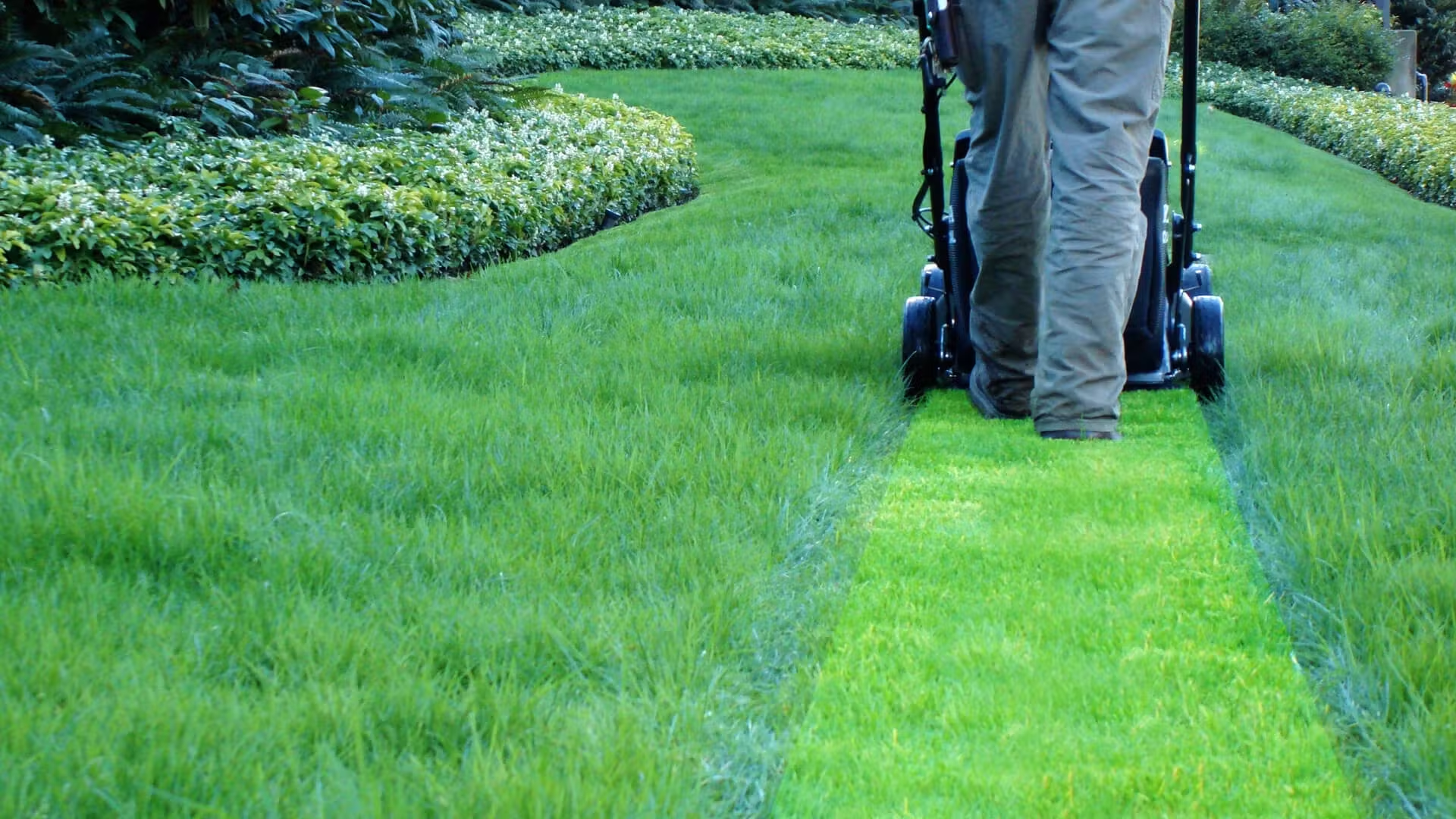

Landscaping Ideas
How To Cut Thick Grass
Modified: January 27, 2024
Learn effective landscaping ideas for cutting thick grass and maintaining a tidy lawn. Discover expert tips and techniques for tackling overgrown grass.
(Many of the links in this article redirect to a specific reviewed product. Your purchase of these products through affiliate links helps to generate commission for Storables.com, at no extra cost. Learn more)
Introduction
Welcome to the ultimate guide on tackling the challenge of cutting thick grass. Whether you are a seasoned lawn care enthusiast or a novice gardener, dealing with overgrown and dense grass can be a daunting task. However, armed with the right knowledge, tools, and techniques, you can transform this laborious chore into a manageable and even satisfying endeavor.
In this comprehensive guide, we will delve into the nuances of managing thick grass, offering valuable insights and practical tips to help you achieve a well-manicured lawn. From understanding the nature of thick grass to selecting the appropriate tools and mastering the cutting techniques, we will cover every aspect of this essential lawn care task.
By the end of this guide, you will not only have a clear understanding of how to effectively cut thick grass, but you will also be equipped with the confidence to maintain a lush and healthy lawn throughout the year. So, roll up your sleeves, put on your gardening gloves, and let's embark on this enlightening journey to conquer the challenge of thick grass.
Key Takeaways:
- Tackling thick grass requires the right tools, gradual cutting, and aftercare. With patience and strategic mowing, you can transform a daunting task into a rewarding way to enhance your outdoor space.
- To conquer thick grass, use sharp mower blades, overlap mowing passes, and nurture regrowth with watering and fertilization. Embrace the process and take pride in your lush, vibrant lawn!
Read more: How To Grow Thick Bermuda Grass
Understanding Thick Grass
Thick grass, often characterized by its dense and overgrown nature, presents a common yet formidable obstacle for many homeowners and gardeners. This type of grass typically results from infrequent mowing, neglect, or favorable growing conditions, such as ample rainfall and fertile soil. As a result, the grass blades become tall, sturdy, and intertwined, creating a challenging landscape to navigate.
One of the key factors in understanding thick grass is recognizing the variety of grass species in your lawn. Different grass species have unique growth patterns and resilience, which can influence the density and toughness of the turf. For instance, cool-season grasses like Kentucky bluegrass and fescue can form thick mats when left unattended, while warm-season grasses such as Bermuda grass and Zoysia grass may exhibit aggressive lateral growth, leading to dense thatch and intertwined runners.
Moreover, environmental factors, including sunlight exposure, moisture levels, and soil composition, play a crucial role in the development of thick grass. Areas with limited sunlight may experience slower grass growth, resulting in taller and denser turf. Additionally, excessive moisture and nutrient-rich soil can contribute to rapid and vigorous grass growth, leading to the accumulation of thatch and the formation of a dense, tangled mat of grass blades.
Understanding the specific characteristics of thick grass in your lawn is essential for devising an effective cutting strategy. By identifying the grass species, evaluating the growth patterns, and considering the environmental influences, you can tailor your approach to address the unique challenges posed by thick grass. Armed with this knowledge, you will be better equipped to select the appropriate tools and techniques for achieving optimal results when cutting thick grass.
Tools and Equipment Needed
When it comes to tackling thick grass, having the right tools and equipment at your disposal can make a world of difference in achieving a well-groomed lawn. The following are essential items that will facilitate the process of cutting thick grass effectively:
- Lawn Mower: A sturdy and powerful lawn mower is indispensable for cutting through dense and overgrown grass. Opt for a self-propelled or high-capacity mower equipped with sharp blades to effortlessly navigate through thick turf.
- String Trimmer: Also known as a weed eater or weed whacker, a string trimmer is invaluable for reaching areas that are inaccessible to the lawn mower, such as along fences, around trees, and near landscaping features. It helps to trim down tall grass and weeds, ensuring a neat and uniform lawn appearance.
- Pruning Shears or Hedge Trimmer: For tackling particularly dense patches of grass or overgrown edges, a pair of pruning shears or a hedge trimmer can provide precision cutting and shaping, allowing you to refine the contours of your lawn with ease.
- Protective Gear: Safety should always be a priority when working with power tools. Equip yourself with safety goggles, ear protection, and sturdy footwear to safeguard against flying debris and loud noise during the cutting process.
- Rake or Leaf Blower: Clearing away the cut grass and debris is essential for maintaining a tidy lawn. A sturdy rake or a leaf blower can help gather and remove the clippings, preventing them from smothering the grass and impeding further growth.
- Lawn Edger: To achieve clean and defined edges along sidewalks, driveways, and garden beds, a lawn edger is indispensable. It creates crisp boundaries, enhancing the overall aesthetic appeal of your lawn.
By ensuring that you have these essential tools and equipment on hand, you can streamline the process of cutting thick grass and achieve professional-looking results. Additionally, regular maintenance and sharpening of the mower blades and trimmer line are crucial to optimize their performance and ensure a smooth cutting experience.
Preparing to Cut Thick Grass
Before diving into the task of cutting thick grass, it is essential to make thorough preparations to ensure a smooth and effective mowing experience. The following steps will help you set the stage for successfully managing dense and overgrown turf:
- Inspect the Lawn: Take a walk around your lawn to assess the extent of overgrowth and identify any obstacles or potential hazards, such as rocks, branches, or debris. Clearing these obstructions beforehand will prevent damage to the mower and ensure safe and efficient mowing.
- Adjust Mower Settings: Set the cutting height of your lawn mower to the appropriate level for tackling thick grass. For the initial mowing of overgrown turf, it is advisable to raise the cutting height to avoid putting excessive stress on the mower and to gradually reduce the grass height in subsequent mowing sessions.
- Sharpen Mower Blades: Sharp mower blades are essential for achieving clean and precise cuts, especially when dealing with dense grass. Ensure that the mower blades are sharp and in good condition to prevent tearing or damaging the grass blades during the cutting process.
- Clear the Work Area: Remove any small objects, toys, or garden decor that may obstruct the mowing path. This will minimize the risk of debris becoming projectiles and causing injury or damage during mowing.
- Plan the Mowing Pattern: Establish a strategic mowing pattern that allows for efficient coverage of the entire lawn while minimizing the need to backtrack or overlap excessively. Consider starting with the perimeter of the lawn before mowing the main sections in a systematic manner.
- Check Fuel and Oil Levels: Ensure that your lawn mower is fueled and lubricated adequately before starting the mowing operation. Running out of fuel or experiencing mechanical issues midway through cutting thick grass can disrupt the process and lead to an uneven finish.
By taking these preparatory measures, you can create a conducive environment for effectively cutting thick grass while minimizing potential setbacks and ensuring a safe and productive mowing session. Adequate preparation sets the stage for a successful and satisfying lawn care experience, allowing you to tackle the challenge of thick grass with confidence and precision.
Use a string trimmer or brush cutter with a sharp blade to easily cut through thick grass. Make sure to wear protective gear and clear the area of any debris before starting.
Techniques for Cutting Thick Grass
When it comes to mastering the art of cutting thick grass, employing the right techniques is paramount for achieving optimal results and maintaining the health of your lawn. The following strategies will guide you through the process of effectively managing dense and overgrown grass:
- Gradual Reduction: For the initial mowing of thick grass, it is advisable to gradually reduce the grass height over multiple cutting sessions. Starting with a higher cutting height and gradually lowering it with each subsequent mowing session allows the grass to acclimate to the trimming process and minimizes stress on the turf.
- Overlap Mowing Passes: When mowing thick grass, overlapping the mowing passes slightly ensures thorough coverage and prevents missed spots. This technique is especially effective when dealing with dense turf, as it helps achieve a uniform and well-groomed appearance.
- Alternate Mowing Directions: Varying the direction of mowing with each session can prevent the grass blades from developing a lean in a particular direction. This promotes upright growth and prevents the formation of dense thatch, contributing to a healthier and more resilient lawn.
- Mulching or Bagging: Depending on the density of the grass clippings, consider mulching or bagging the cut grass to prevent excessive thatch buildup. Mulching the clippings can return valuable nutrients to the soil, while bagging may be necessary for heavily overgrown areas to avoid smothering the grass.
- Trimming and Edging: In addition to mowing, trimming tall grass along edges and hard-to-reach areas with a string trimmer or pruning shears enhances the overall appearance of the lawn. Edging the borders and walkways creates clean lines and adds a polished look to the landscape.
- Post-Mowing Cleanup: After completing the mowing process, use a rake or leaf blower to clear away the cut grass and debris. This prevents the clippings from matting down and obstructing sunlight and airflow, promoting healthier regrowth of the grass.
By incorporating these techniques into your approach to cutting thick grass, you can effectively manage overgrown turf while promoting the overall health and vitality of your lawn. Consistent application of these strategies will yield a lush, well-maintained lawn that enhances the beauty of your outdoor space.
Read more: How To Get Rid Of Thick Clumps Of Grass
Aftercare and Maintenance
Following the completion of the mowing process for thick grass, it is essential to implement aftercare and maintenance practices to nurture the regrowth of the turf and sustain a healthy lawn. The following steps will guide you through the crucial aftercare and maintenance measures:
- Watering: Providing adequate moisture to the freshly cut grass is essential for promoting recovery and regrowth. Water the lawn deeply and infrequently, allowing the moisture to penetrate the soil and encourage the development of strong, resilient roots.
- Fertilization: Applying a balanced fertilizer after mowing can replenish essential nutrients and support the recovery of the grass. Select a fertilizer specifically formulated for your grass species and apply it according to the recommended schedule to promote vigorous growth and overall lawn health.
- Monitoring: Keep a close eye on the regrowth of the grass to assess its progress and identify any areas that may require additional attention. Monitoring the lawn allows you to address potential issues promptly and maintain a uniform and healthy turf.
- Aeration: If the thick grass has resulted in compacted soil or the accumulation of thatch, aerating the lawn can alleviate these issues and enhance the flow of air, water, and nutrients to the grassroots. Core aeration or spike aeration can facilitate healthy turf growth and resilience.
- Weed Control: Address any weed infestations that may have proliferated within the thick grass. Utilize targeted weed control methods to prevent invasive plants from competing with the regenerating grass and undermining its growth and vitality.
- Mowing Maintenance: Regularly maintain and sharpen the mower blades to ensure clean and precise cuts during subsequent mowing sessions. Proper mower maintenance contributes to the overall health of the grass and prevents stress and damage caused by dull blades.
By implementing these aftercare and maintenance practices, you can nurture the regrowth of the grass and sustain a vibrant and resilient lawn. Consistent attention to these measures will contribute to the long-term health and beauty of your lawn, ensuring that it remains a source of pride and enjoyment for years to come.
Conclusion
Cutting thick grass may initially seem like a daunting task, but with the right knowledge, tools, and techniques, it can be transformed into a manageable and rewarding aspect of lawn care. By understanding the nature of thick grass, selecting the appropriate tools, and employing effective cutting techniques, you can achieve a well-groomed lawn that enhances the beauty of your outdoor space.
It is essential to approach the task of cutting thick grass with patience and a strategic mindset. Gradually reducing the grass height, overlapping mowing passes, and incorporating aftercare measures are key components of a successful approach to managing dense and overgrown turf. By following these guidelines, you can maintain a healthy and vibrant lawn that serves as a welcoming and visually appealing backdrop for your outdoor activities.
Consistent maintenance and attentive aftercare are integral to sustaining the health and beauty of your lawn. By providing adequate watering, fertilization, and monitoring, you can support the regrowth of the grass and address any potential issues that may arise. Additionally, maintaining your tools and equipment and implementing proper mowing practices contribute to the overall well-being of your lawn.
As you embark on the journey of cutting thick grass, remember that it is not merely a chore, but an opportunity to nurture and enhance the natural splendor of your outdoor environment. With dedication, knowledge, and the right approach, you can transform the challenge of thick grass into a fulfilling and gratifying aspect of maintaining a lush and vibrant lawn.
So, roll up your sleeves, embrace the process, and take pride in the transformation of your lawn. With the insights and techniques provided in this guide, you are well-equipped to conquer the challenge of cutting thick grass and cultivate a thriving and picturesque outdoor oasis for yourself and your loved ones to enjoy.
Frequently Asked Questions about How To Cut Thick Grass
Was this page helpful?
At Storables.com, we guarantee accurate and reliable information. Our content, validated by Expert Board Contributors, is crafted following stringent Editorial Policies. We're committed to providing you with well-researched, expert-backed insights for all your informational needs.
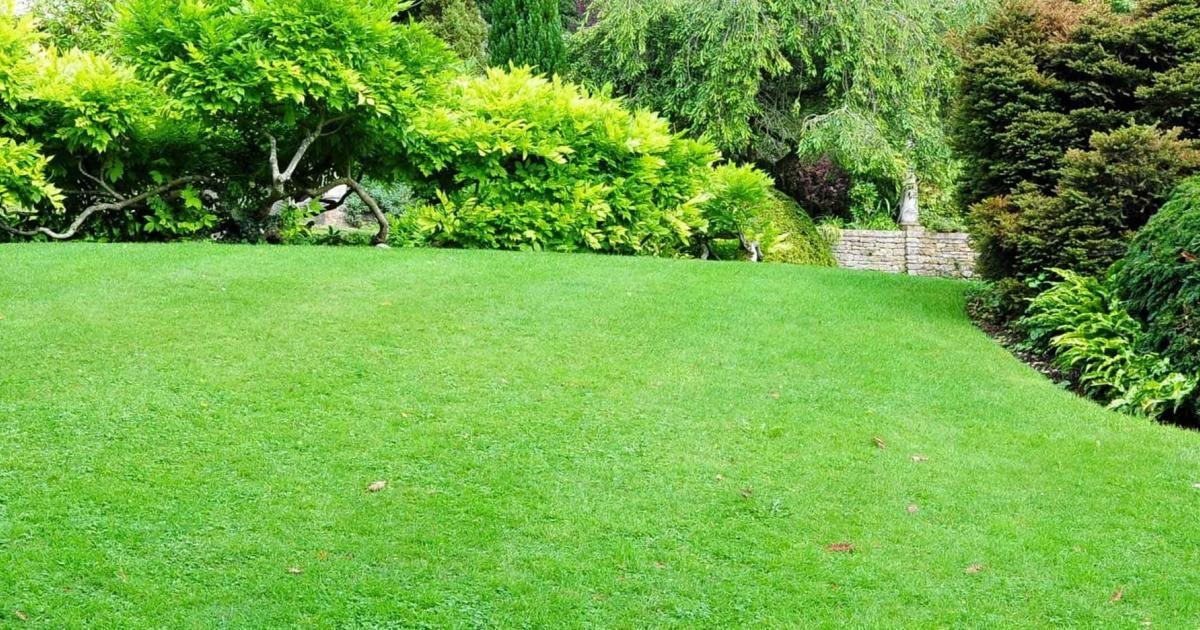
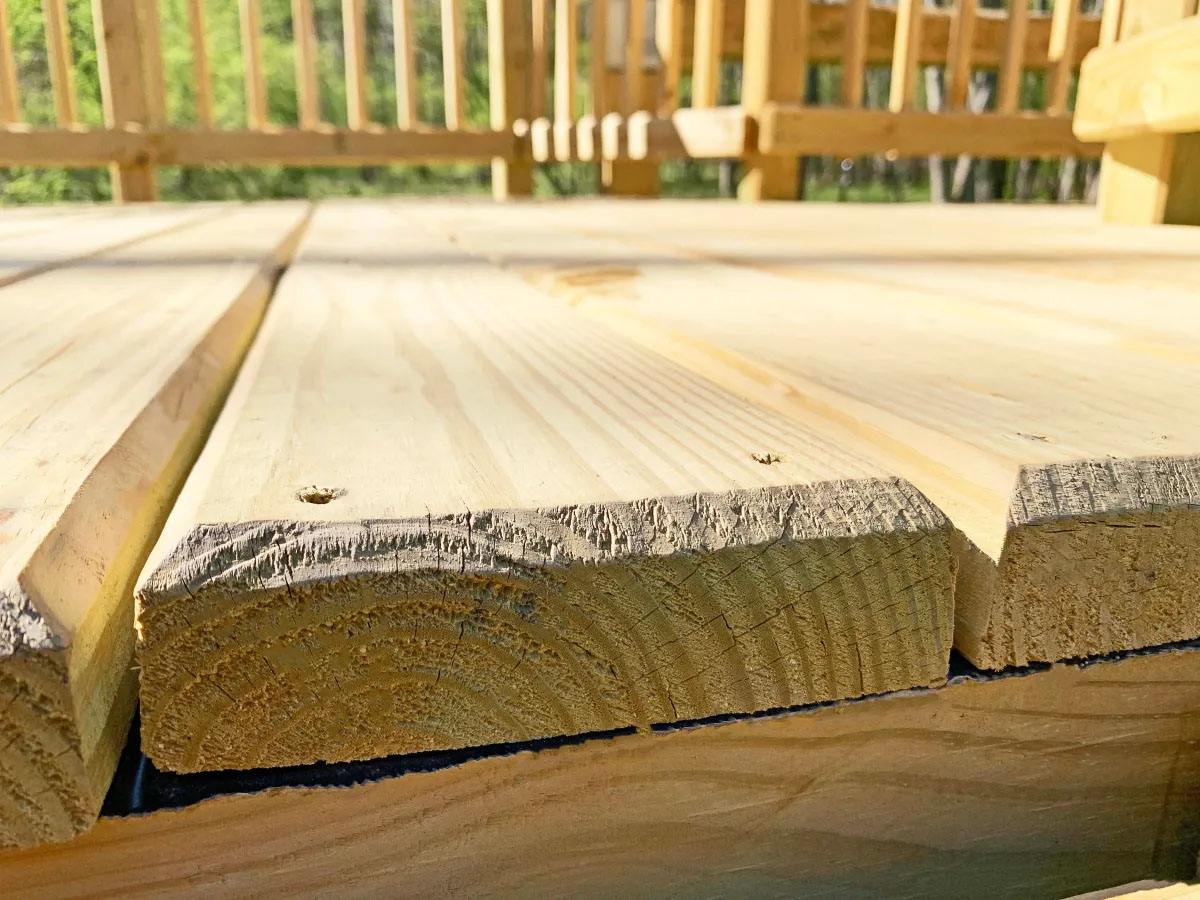
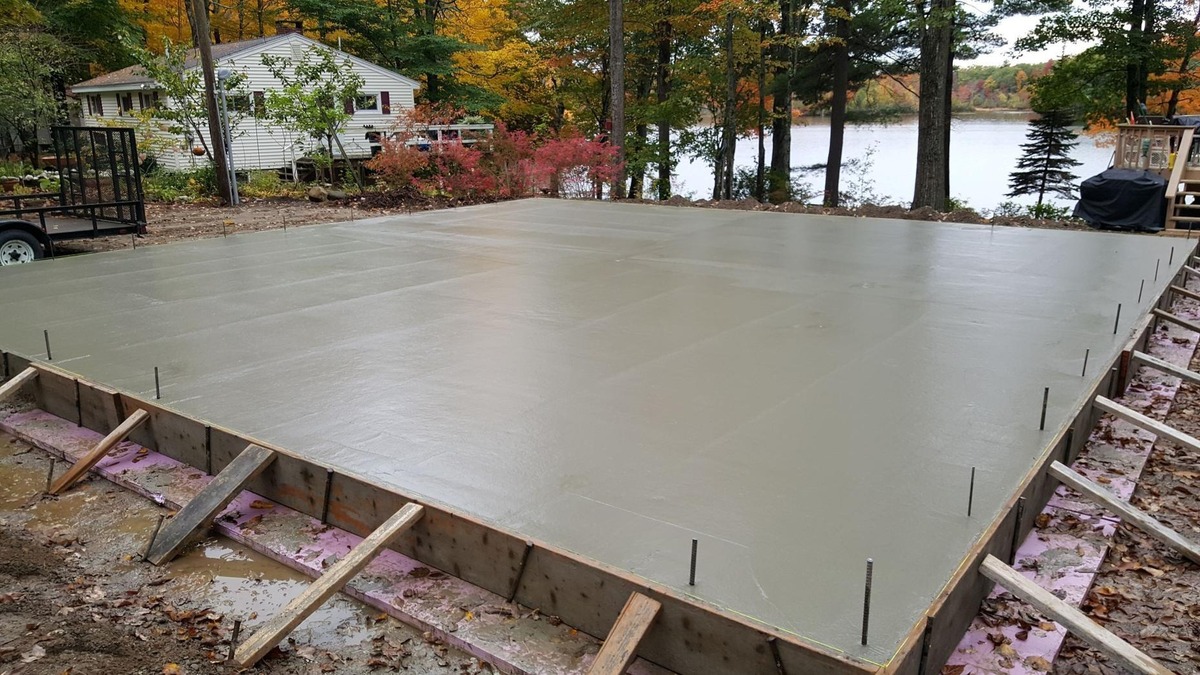

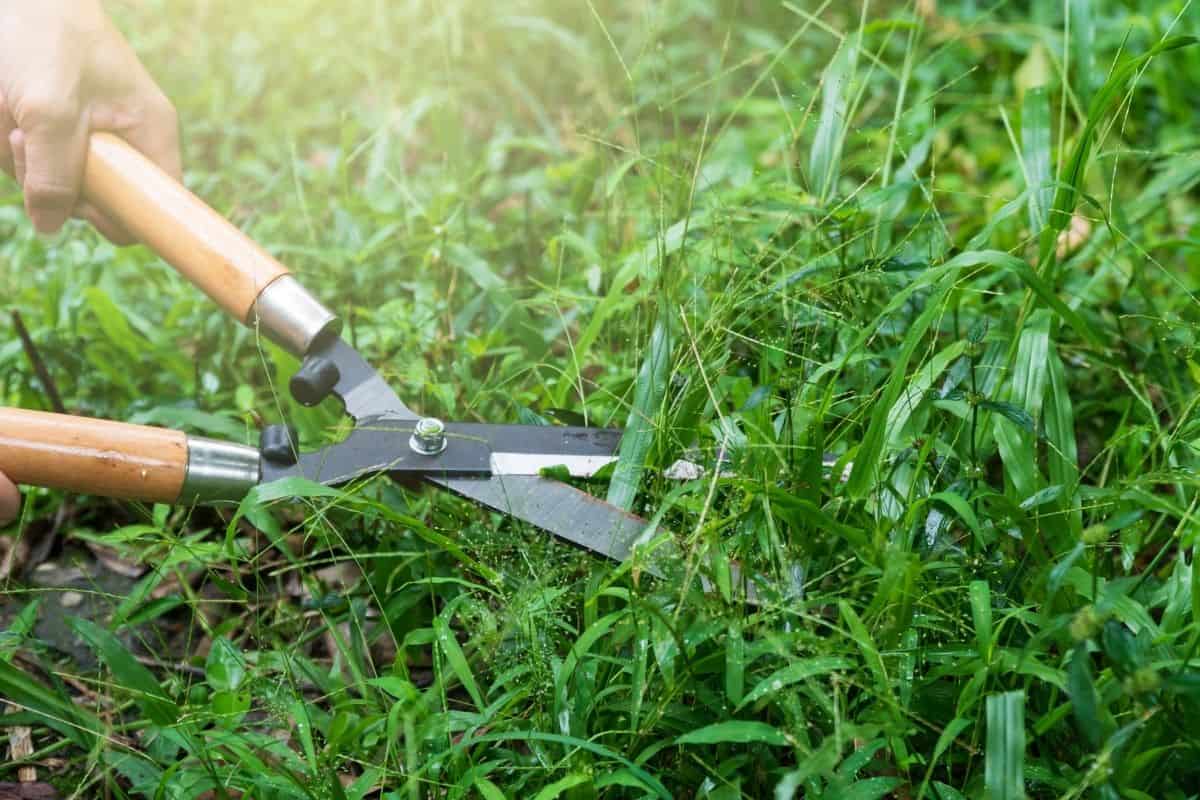
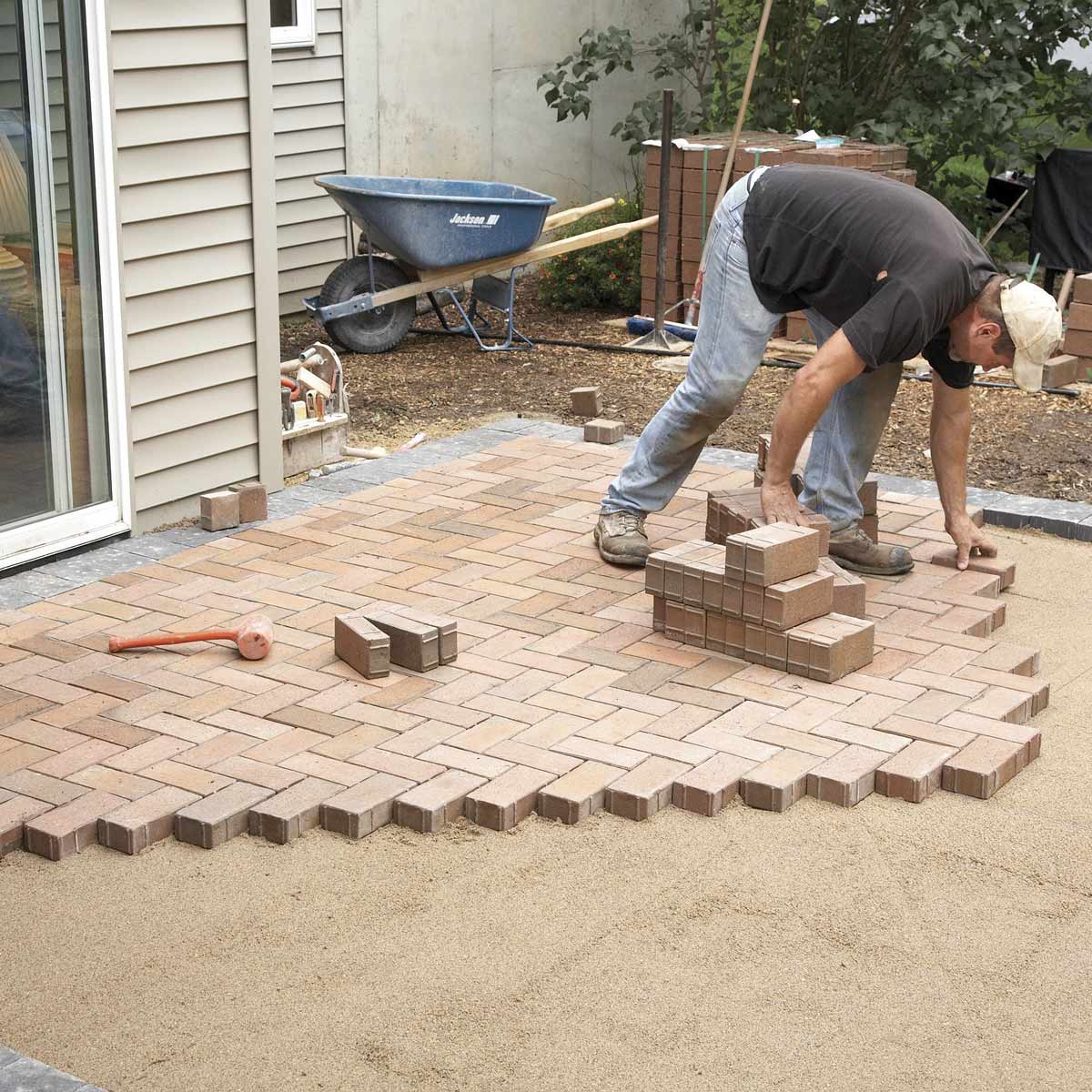


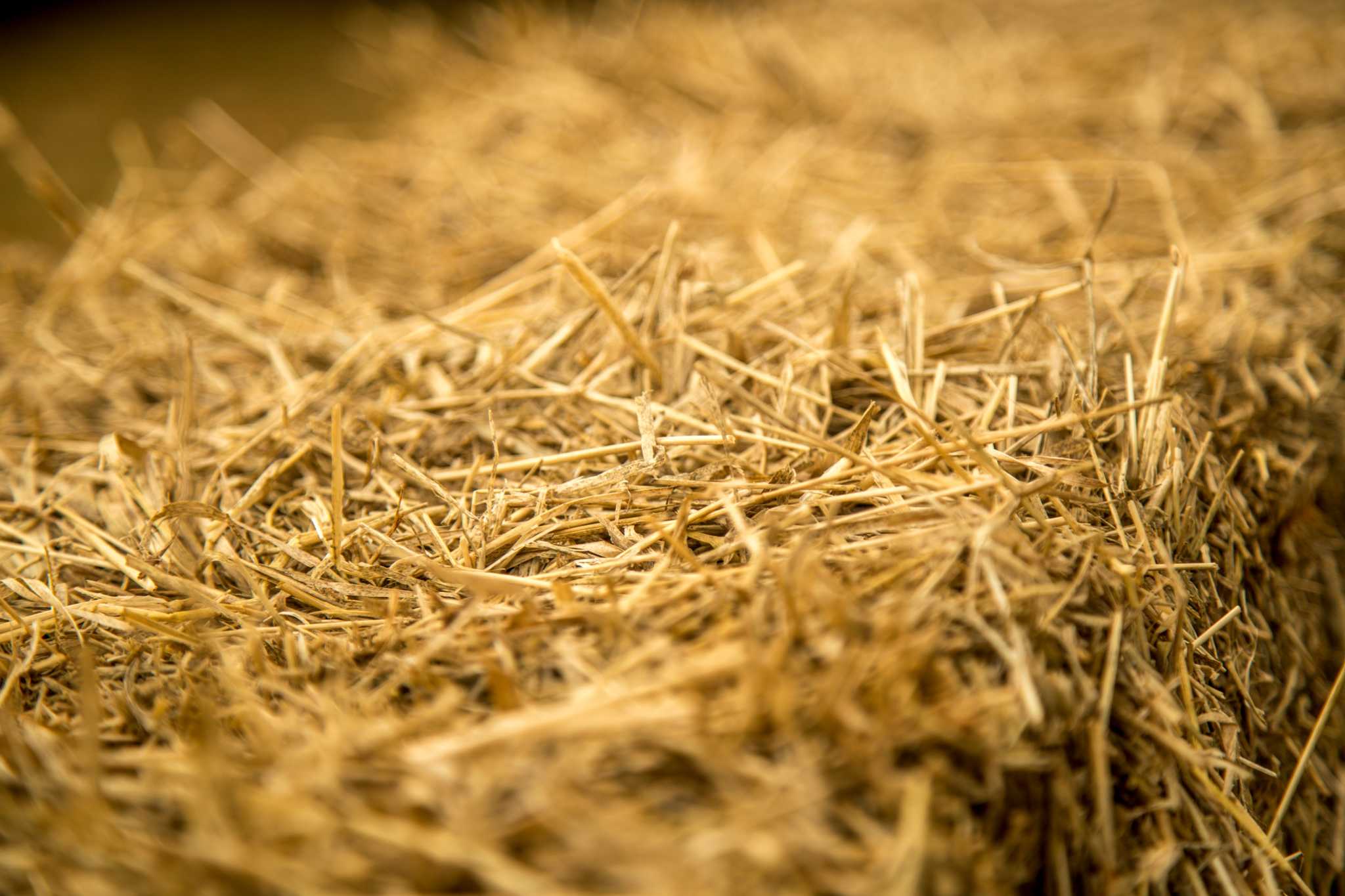
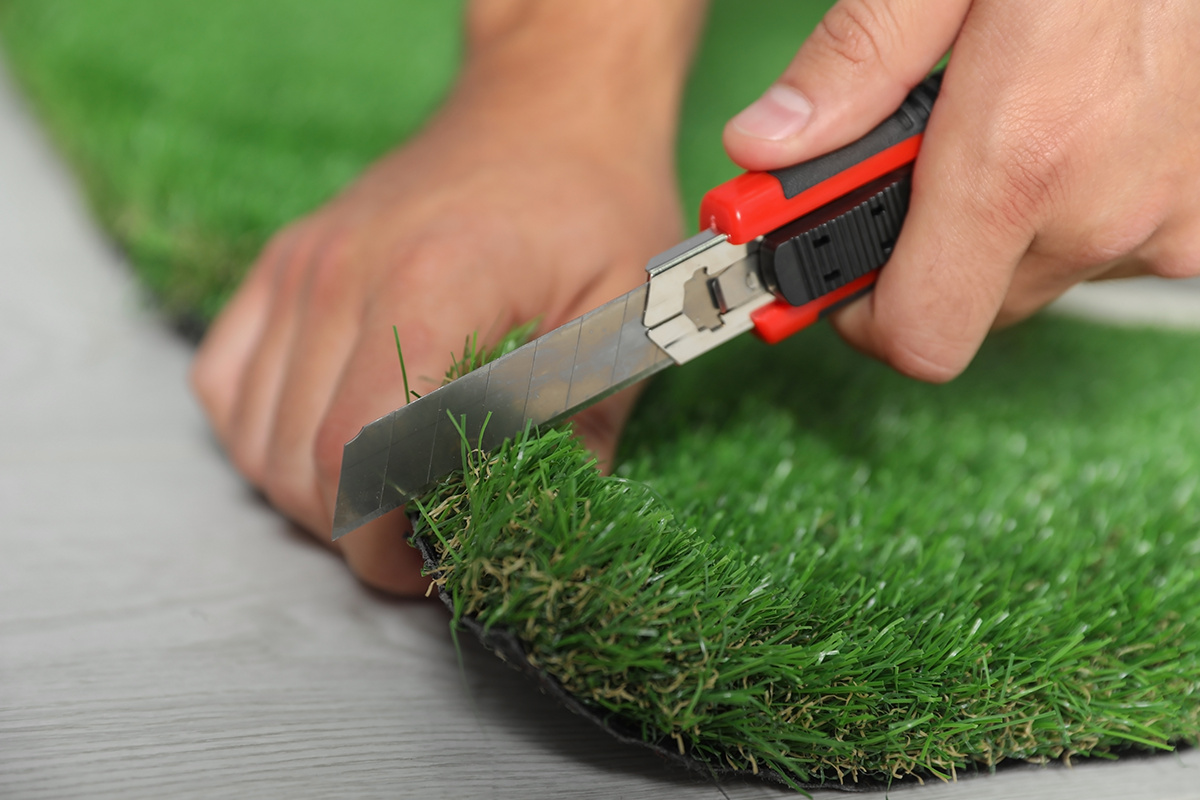
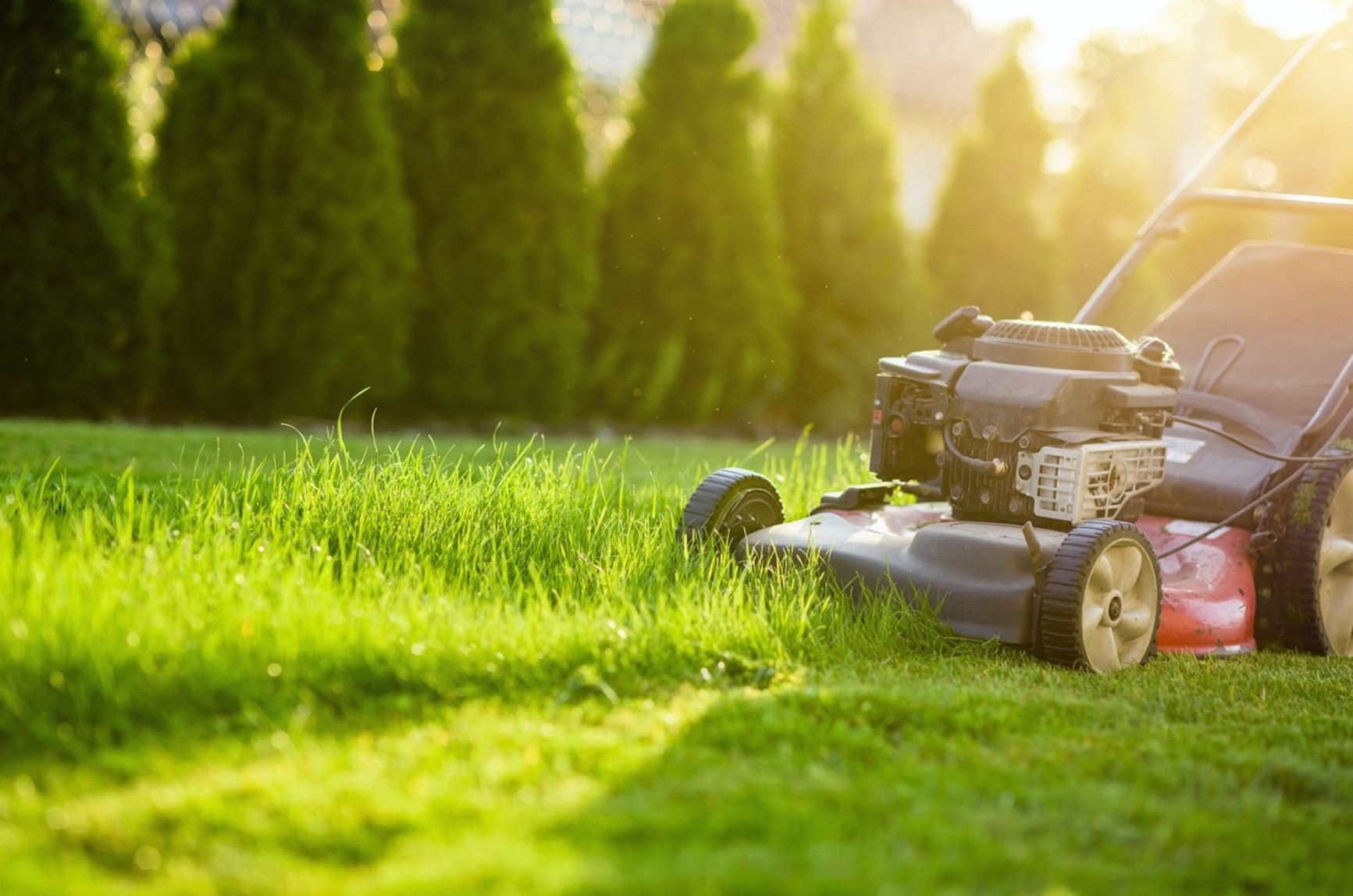
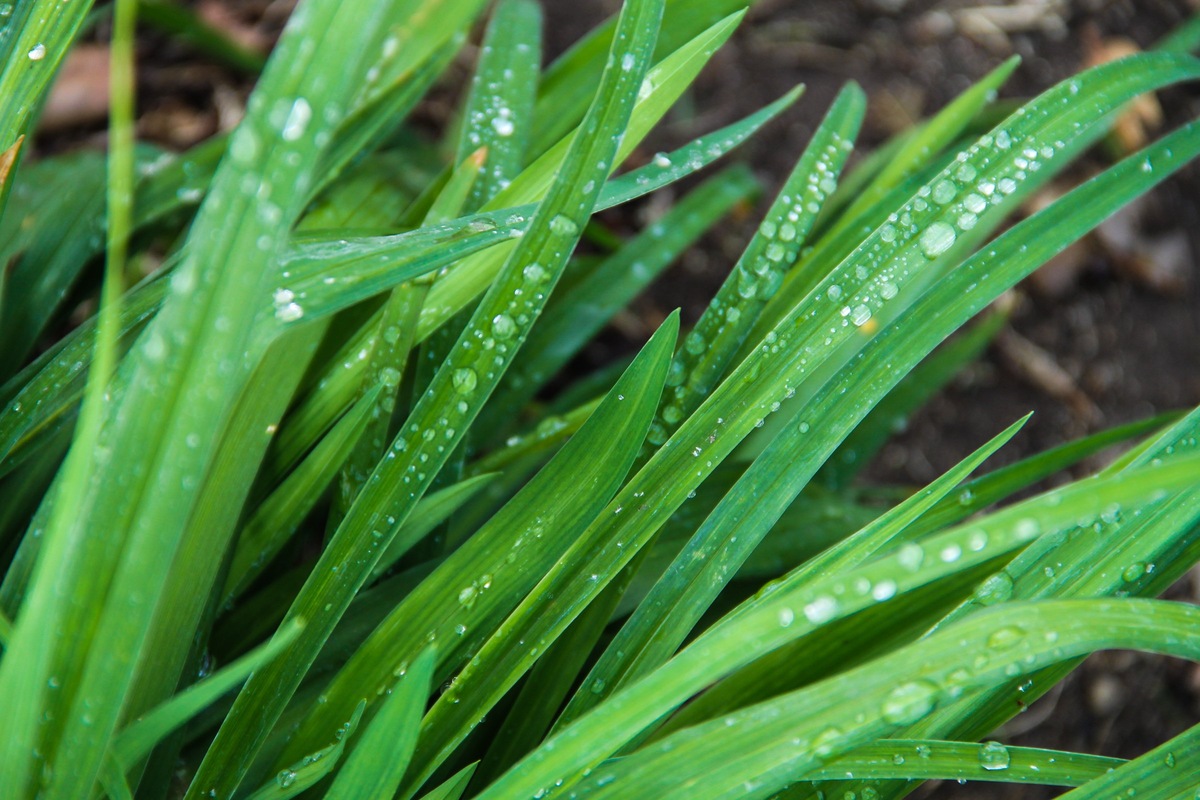
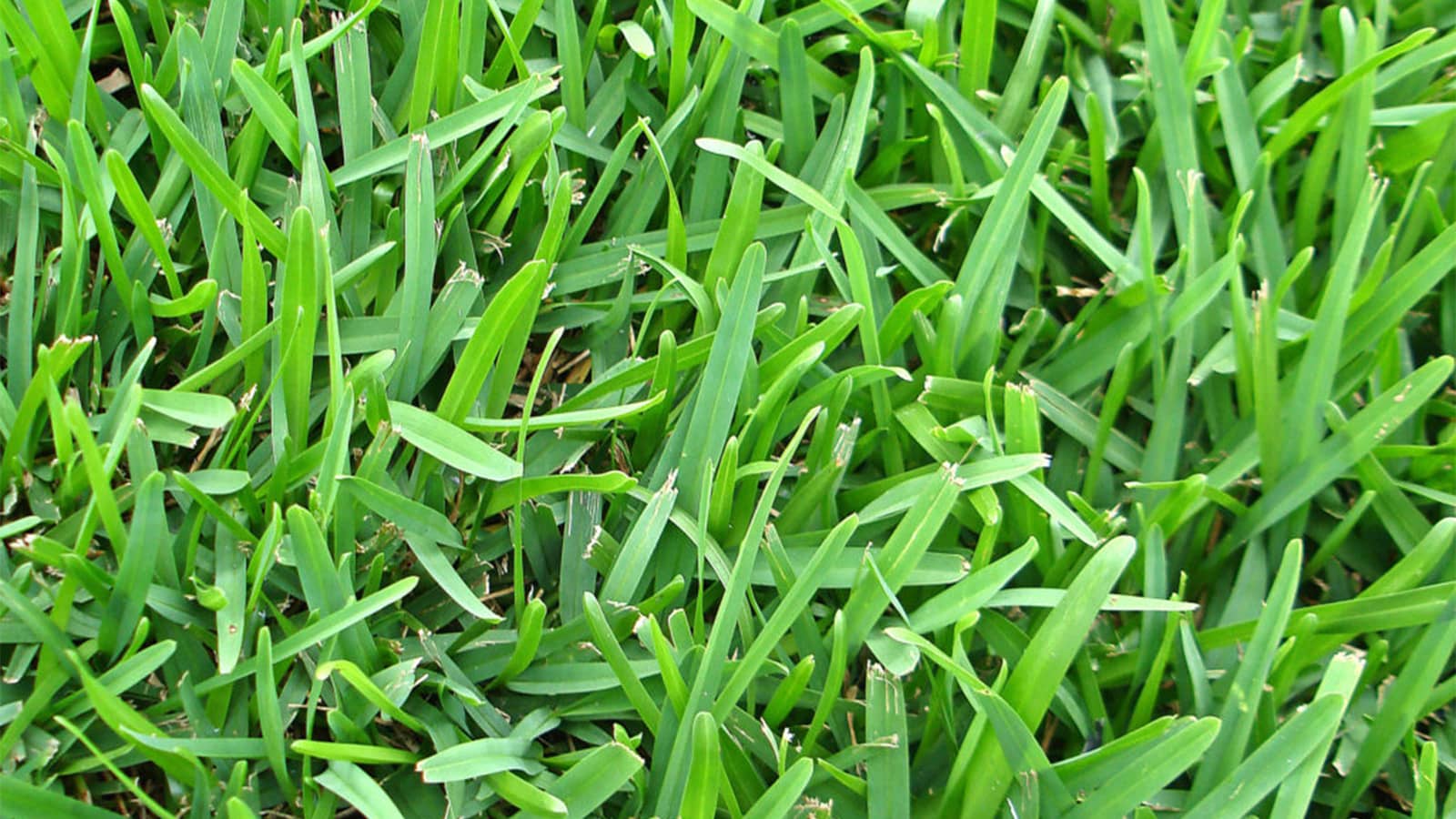


0 thoughts on “How To Cut Thick Grass”